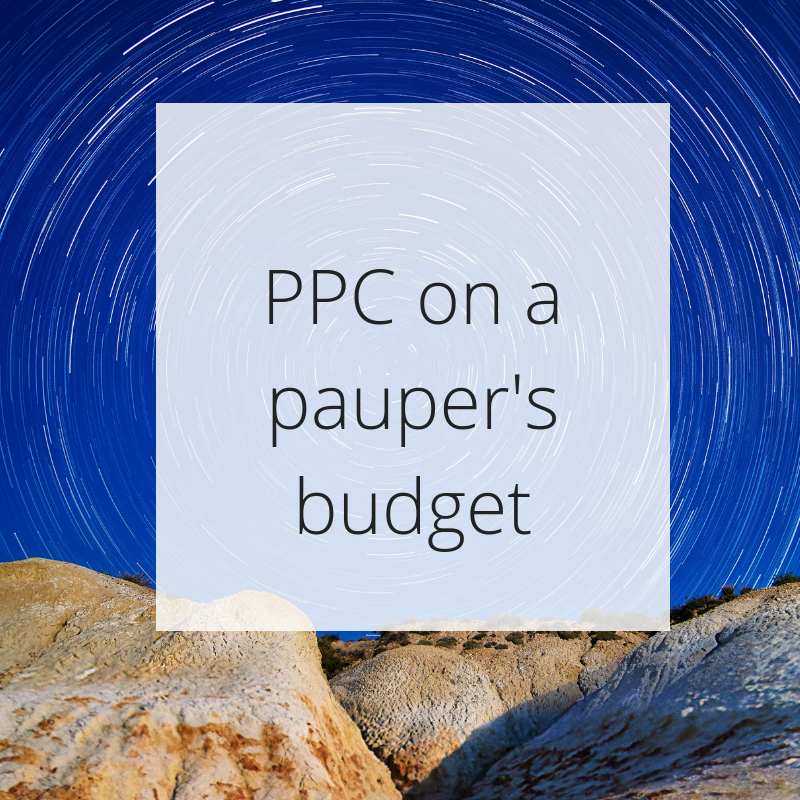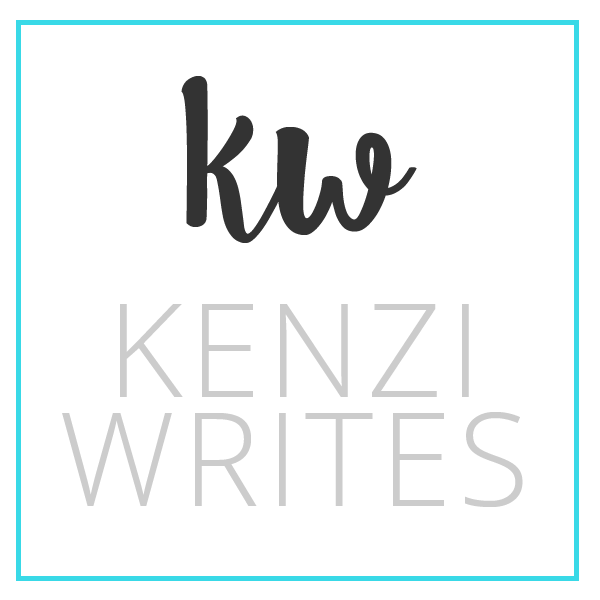
As much as I love marketing for free, it has its limits. Sometimes do have to pay to spread the good word about your business or product.
Over the years I’ve come to love PPC ads as a way to deepen relationships with both new and existing customers.
What is PPC?
PPC, or pay-per-click, is a type of online advertising.
The ad publisher (like Facebook or Google) will show your ads to users on their platform. You typically pay according to how many clicks you get on your ads. PPC ads are a fantastic way to find targeted traffic for your site with little fuss.
Although I love PPC, it can be pricey if you don’t know what you’re doing. I’ve heard countless PPC billing horror stories over the years, but that doesn’t mean you should be afraid of PPC marketing.
Here’s how you can do PPC ads and get the most bang for your buck.
1. Set a budget
Money is the lifeblood of a business, and even more so for small businesses.
It’s no small matter to drop your hard-earned profits on promotions. It’s important to make sure you stretch each dollar to its maximum potential.
The first step to PPC success is determining how much you’re willing to spend.

On the low end, a PPC campaign budget usually starts at $50, but some companies pay thousands of dollars a month.
Small businesses can benefit from campaign budgets ranging from $50 – $300, depending on your bids, goals, and the length of your campaign.
I know plenty of people like to run a campaign during a certain date range and “pay whatever it costs,” but that’s a recipe for burning through your budget.
Do you really want a surprise $1,000 Facebook Ads bill?
Most PPC platforms ask for your budget so they know when to shut off your campaign automatically. They’ll also try to optimize your campaign’s budget by showing your ads only at optimal times.
Ad publishers really don’t want you to be over-budget and unhappy, because it means you won’t continue paying for their PPC ads.
Publishers are more than happy to optimize a campaign according to your budget, so be sure to set one that’s realistic. When in doubt, you can run a small campaign with a $50 budget to get your feet wet.
Set a budget so you can get the most out of your PPC platforms’ smart targeting while keeping a tight rein on your finances.
2. Audience, audience, audience
Once you’ve set the PPC budget, you might be chomping at the bit to get the show on the road.
But your budget is just one facet of an essential PPC strategy.
Audience definition is a crucial component to creating awesome ads that reach people who are interested in your brand.
Who do you want to reach with these ads?
Before creating your PPC campaign, define your audience:
- Age
- Gender
- Location (country, state, city)
- Language
- Device preferences (Apple versus Android, mobile versus desktop, etc.)
- Hobbies, habits, and interests
Your PPC platform will allow you to enter this information to zero-in on your target audience.

Some people like to cast a wide net with their PPC campaigns.
For example, they’ll choose everyone aged 18 – 70 in the United States as their audience.
You’ll probably get a lot of clicks that way, but you’ll also get a billing statement the size of Mount Rushmore. Yikes!
When you cast a wide net, you pay more for untargeted clicks. If your brand is for 30-year-old women and your PPC campaign brings in 21-year-old men, they’re going to immediately leave your site because it isn’t relevant to them. That means you’re paying for clicks from people who don’t want to buy from you.
Refine your audience so your ads target the people who will be most interested. You might see fewer clicks, but your return on investment will be much higher thanks to more sales.
3. Pick the right platform
There are so many platforms you can use for PPC ads. Popular options are Google Ads, Facebook Ads, Twitter Ads, Pinterest Ads, and Amazon Ads.
The platform you choose depends on your audience and campaign goals. If you get a lot of traffic from Pinterest that converts organically, Pinterest Ads could be a good option for you. If you tend to get conversions from Google searches, Google Ads could be a good option for you.
The important thing to remember is that you don’t want a spray-and-pray approach.
If you’re doing a Pinterest Ads campaign, you likely don’t need to run a Facebook and Twitter campaign at the same time. I find it’s better to do one campaign at a time so you can monitor it more closely and determine how it’s performing.
Your costs will also skyrocket if you create campaigns on several platforms at once. If you’re just starting with PPC, start with a targeted approach on one PPC platform and branch out as needed.

4. Remarketing
You know what’s easier than selling to new customers? Selling to existing customers! Remarketing is a powerful tool you can use in PPC advertising to do just that.
Remarketing is the term for marketing to your existing customers through PPC ads. Twitter, Facebook, Pinterest, and Google ad platforms all include some form of remarketing.
Typically the platform asks you to upload a CSV file of your existing customer email addresses. The ad platform then matches those emails to users on the platform.
Keep in mind that you won’t be able to match every user on your list to the ad platform. Once there’s a match, the PPC platform sends your ads to the existing customers.
It’s much easier to sell to these clients because they already understand your brand and product. Remarketing ads tend to have much higher conversion rates and lower costs since your audience is hyper-targeted and aware of your brand.
The bottom line
Small businesses can reap big rewards when they do PPC advertising right. It’s all about getting a decent return on your investment.
When you create a targeted campaign that’s relevant to your potential customers, you’ll see greater success and more conversions.
We know how crucial every dollar is to your business. If you want to do PPC ads, make sure each dollar is put to its best use with these smart advertising strategies.
